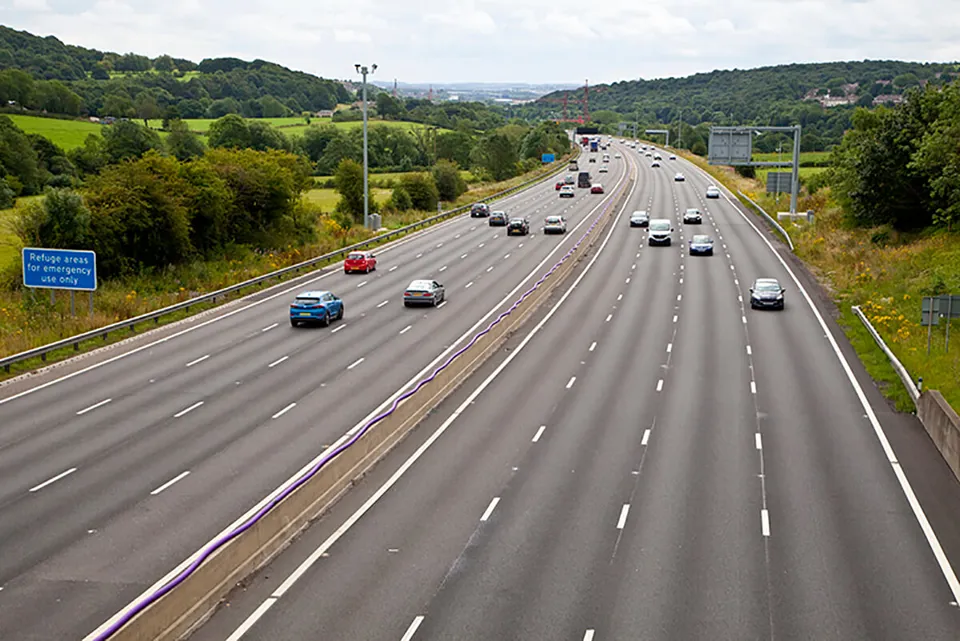The fleet industry has said ‘too little’ is being spent on the road network despite a £24 billion investment - the biggest since the 1970s.
Nine out of 10 respondents to a Fleet News poll said the Government should be spending more, while only 6.2% believed the level of investment was about right.
Company car and van operators said they were unhappy that the lion’s share of the money collected from motoring taxes, an estimated £45 billion, was not being reinvested in the network.
They were also concerned about how the existing network was being maintained. One respondent told Fleet News: “It is not just the fact that too little is being spent, it is also the fact there is no strategy for the routine maintenance of the road network. This should include all road types, from residential to motorways.
"We just have ad-hoc, patchwork, unfortunately sub-standard repairs which fail to last the next bout of adverse weather.”
However, motorists will see around 900 extra lane miles of road capacity added to England’s strategic highway network by 2021 – a third more than was provided in the previous decade.
Annual funding for enhancements to motorways and major A-roads will triple over the next six years, including more than £9 billion to be spent on maintenance, £6 billion of which will be spent on resurfacing 3,000 miles of the strategic road network.
Roads minister John Hayes said: “As a crucial part of our long-term economic plan to secure a brighter future for Britain, we are fixing problems that have been created by Governments of the past by delivering around 35% more capacity on our roads than was delivered in the nine years up to 2010.
“It is because of the difficult decisions that this Government has taken that we are able to triple investment in our major roads to over £3 billion a year up to 2021.”
The period 2001 to 2010 saw 574 lane miles constructed. The Government has committed to 60 new road schemes, the majority of which will be completed by 2021, subject to value for money and deliverability, says the Department for Transport (DfT).
This investment will provide 962 miles of new road, 35% more miles of road per year than under the previous Government, claims Hayes.
More road schemes are expected to be added to the programme following the 2014 Autumn Statement, which the Chancellor George Osborne will make on Wednesday, December 3.
This could include solutions identified as part of six feasibility studies that are looking at dealing with some of the most notorious and long-standing hotspots on England’s roads, including the A303 in the south-west and the A47 in the east of England.
The DfT will also publish this year a long-term roads investment strategy, setting out a clear vision for the new highways company that will include a new investment plan and performance requirements for the roads network.
Hayes concluded: “This Government will oversee more work, more safety and more improvements on our roads. This will benefit businesses, help ease congestion and create a road network fit for the 21st century and beyond.”




















Login to comment
Comments
No comments have been made yet.